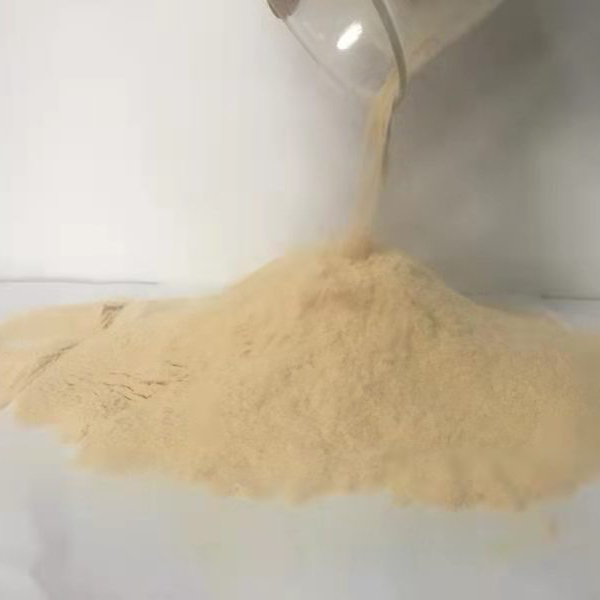
News
Oct . 01, 2024 11:39 Back to list
Essential Micronutrient Solutions for Optimal Plant Growth and Health
Three Essential Micronutrients for Plants A Guide for Manufacturers
In the world of agriculture and horticulture, the importance of micronutrients cannot be overstated. While macronutrients like nitrogen, phosphorus, and potassium often take the spotlight, it is the micronutrients that play a pivotal role in the overall health and growth of plants. Among these, iron, zinc, and manganese stand out as critical elements that a plant manufacturer should focus on. This article delves into the significance of these three micronutrients, their functions, and how manufacturers can effectively incorporate them into their products.
1. Iron The Catalyst of Growth
Iron is a vital micronutrient that is essential for chlorophyll synthesis and overall plant health. It plays a crucial role in photosynthesis, as it is a key component of various enzymes involved in the process. Without adequate iron, plants can suffer from chlorosis, a condition characterized by yellowing leaves that can lead to reduced crop yield and quality. Manufacturers should ensure that their fertilizers or plant nutrition solutions contain iron in a soluble form, such as chelated iron, which enhances its availability to plants. This is particularly important in alkaline soils, where iron can become less accessible.
2. Zinc The Growth Regulator
Zinc is another essential micronutrient that significantly impacts plant growth and development. It is involved in numerous biochemical processes, including enzyme activity, protein synthesis, and hormone regulation. A deficiency in zinc can lead to stunted growth, delayed maturity, and poor fruit and seed production. For manufacturers, formulating products with the right zinc content is crucial, especially for crops that are known to be zinc-sensitive, such as wheat and rice. Utilizing zinc sulfate or zinc chelates can improve the bioavailability of this micronutrient, ensuring that plants receive the necessary amounts for optimal growth.
3. Manganese The Health Booster
Manganese, although required in smaller quantities, plays a critical role in several physiological processes in plants. It is vital for photosynthesis, respiration, and nitrogen assimilation. Like iron, manganese also contributes to chlorophyll production, making it essential for maintaining the vibrant green color of foliage. A deficiency in manganese can lead to symptoms similar to those of iron deficiency, often resulting in leaf discoloration and reduced photosynthetic efficiency. Manufacturers can enhance their products by including manganese in forms that are readily absorbed by plants, such as manganese sulfate or chelated manganese.
three micronutrients for plants manufacturer

Effective Formulation Strategies for Manufacturers
For manufacturers looking to incorporate these vital micronutrients into their products, understanding the correct chemical forms and application methods is crucial
. Here are some strategies to consider- Soil Testing Encourage farmers to conduct soil tests to determine existing micronutrient levels. This can guide the formulation of customized fertilizers tailored to specific crop and soil needs.
- Combining Nutrients Creating blends that combine macro and micronutrients can simplify the fertilization process for farmers, making it easier to deliver comprehensive nutrition to plants.
- Controlled Release Products Consider developing slow-release formulations that can provide a steady supply of micronutrients over time, reducing the risk of leaching and promoting sustained plant health.
- Education and Support Providing educational resources on the importance of micronutrients and how to effectively apply them can empower farmers to make informed decisions, ultimately leading to healthier crops and increased yields.
Conclusion
In summary, iron, zinc, and manganese are three crucial micronutrients that significantly influence plant health and productivity. As a manufacturer, prioritizing these elements in your product formulations can lead to healthier crops and greater satisfaction among your customers. By staying informed about the latest advancements in plant nutrition and employing effective formulation strategies, you can ensure that your products meet the diverse needs of the agricultural industry.
-
Polyaspartic Acid Salts in Agricultural Fertilizers: A Sustainable Solution
NewsJul.21,2025
-
OEM Chelating Agent Preservative Supplier & Manufacturer High-Quality Customized Solutions
NewsJul.08,2025
-
OEM Potassium Chelating Agent Manufacturer - Custom Potassium Oxalate & Citrate Solutions
NewsJul.08,2025
-
OEM Pentasodium DTPA Chelating Agent Supplier & Manufacturer High Purity & Cost-Effective Solutions
NewsJul.08,2025
-
High-Efficiency Chelated Trace Elements Fertilizer Bulk Supplier & Manufacturer Quotes
NewsJul.07,2025
-
High Quality K Formation for a Chelating Agent – Reliable Manufacturer & Supplier
NewsJul.07,2025
